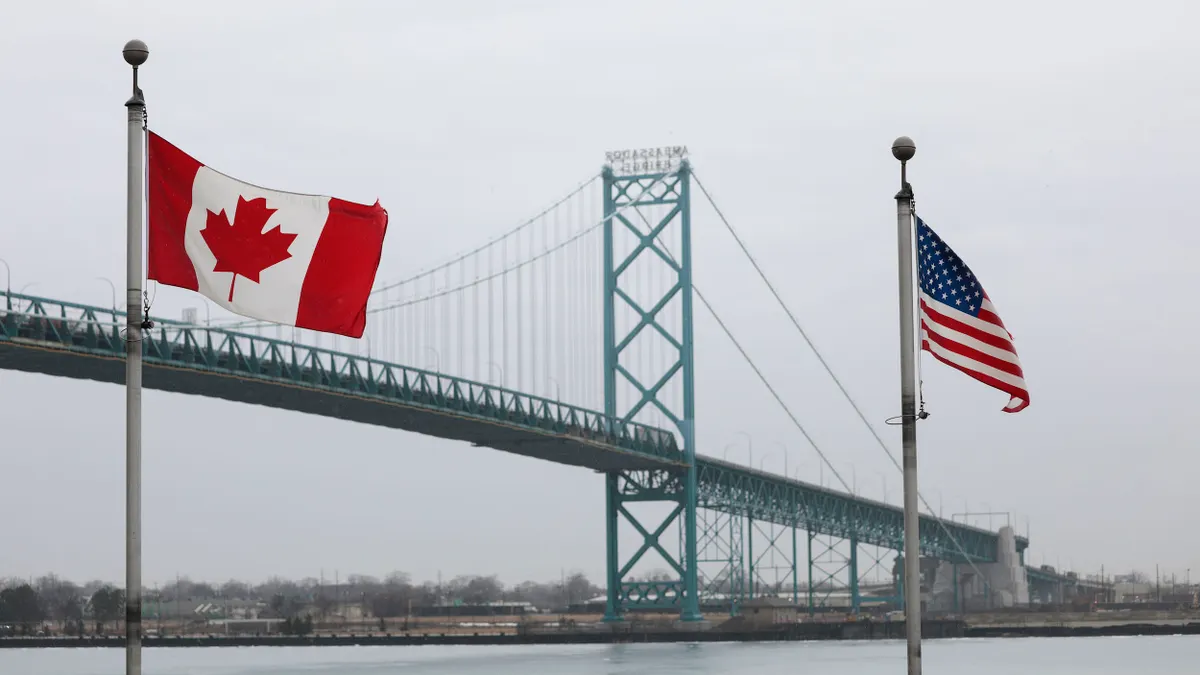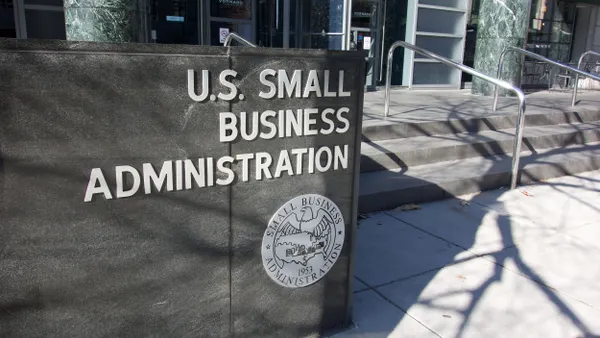In recent years, many manufacturers have set net zero targets. Some did so in response to investor and regulatory pressure, others out of internal ambition. Disclosure laws like California’s SB 253 and global frameworks like the EU’s CSRD are pushing emissions tracking and target-setting into the mainstream.
Net zero readiness is as much about execution as it is about strategy. Setting a target is only the starting point. What follows is the real test: aligning internal systems and procurement activity to move in that direction. For many manufacturers, that alignment increasingly depends on digital infrastructure that connects data, market visibility, planning and procurement into one process.
Why more data isn’t translating into action
Most manufacturers now have started collecting environmental data. They track emissions, map facility footprints and collect supplier disclosures to satisfy growing investor and regulatory demands. However, the ability to act on those numbers hasn’t caught up.
Across global operations, teams interpret that data in different ways. Regional offices work on separate calendars, procurement and sustainability teams rely on different systems and finance departments see only part of the picture. These disconnections create an invisible drag: progress moves forward in one area while stalling in another and company-wide targets start to lose coherence.
The core problem is the absence of a shared operating rhythm. When every team works from different assumptions and tools, decisions about renewable energy purchases or carbon strategies remain isolated events instead of coordinated steps. Building readiness begins with closing that gap by adopting tools to share information and responsibilities so that climate goals can move at the same speed as the business itself.
Readiness depends on the ability to plan
Manufacturers that treat planning as an active process, not an annual exercise, are able to adapt more quickly. They can evaluate market availability, compare certification labels and match regional purchases with specific compliance or reporting needs. When this structure is in place, renewable energy and carbon procurement move from reactive buying to deliberate progress, one aligned with both corporate goals and market realities.
That level of planning means connecting emissions data, procurement schedules, pricing signals and certification requirements. Digital systems designed for procurement and decarbonization create that structure, allowing teams to map demand across entities and suppliers, identify timing overlaps and forecast upcoming needs based on current activity.
Measurement alone doesn’t drive decarbonization. Teams need to understand how much renewable energy or carbon reduction each business unit requires, where those needs fall geographically and when procurement must take place to stay on track with company targets.
Decarbonization planning needs market awareness
Effective planning depends on knowing not just what to buy, but when and where to buy it. Renewable and carbon markets shift constantly, prices fluctuate by region, certain certificate vintages gain or lose relevance and availability changes with local demand. For manufacturers operating across several countries, these variations make timing and product selection as important as target-setting itself.
Market awareness turns procurement from a reaction into a strategy. By following price trends and tracking how product categories evolve over time, teams can identify the most cost-effective windows to purchase and retire certificates. They can compare regional options, evaluate which certifications align with internal or external frameworks and decide where to allocate budgets in advance. This kind of intelligence allows manufacturers to plan confidently, using real signals instead of guesswork and to build renewable and carbon portfolios that reflect both their ambitions and the market’s direction.
Making progress operational
Manufacturers have reached a point where goals are no longer the problem but execution is. The mechanics of acting across global operations remain complex and progress depends on whether data, planning and procurement can finally move together. Many manufacturers are now turning to integrated digital platforms that merge market insight with procurement capabilities, bringing every stage of the process into one environment.
That connection is starting to take shape in new digital environments like the CnerG Platform, where manufacturers can track renewable and carbon market trends, compare certified products and manage procurement requests across multiple regions in one place. A platform like this turns information into coordinated movement, helping decisions flow naturally from insight to action.
The companies that treat procurement as part of strategy and not an afterthought are the ones already turning climate ambition into operational control.










